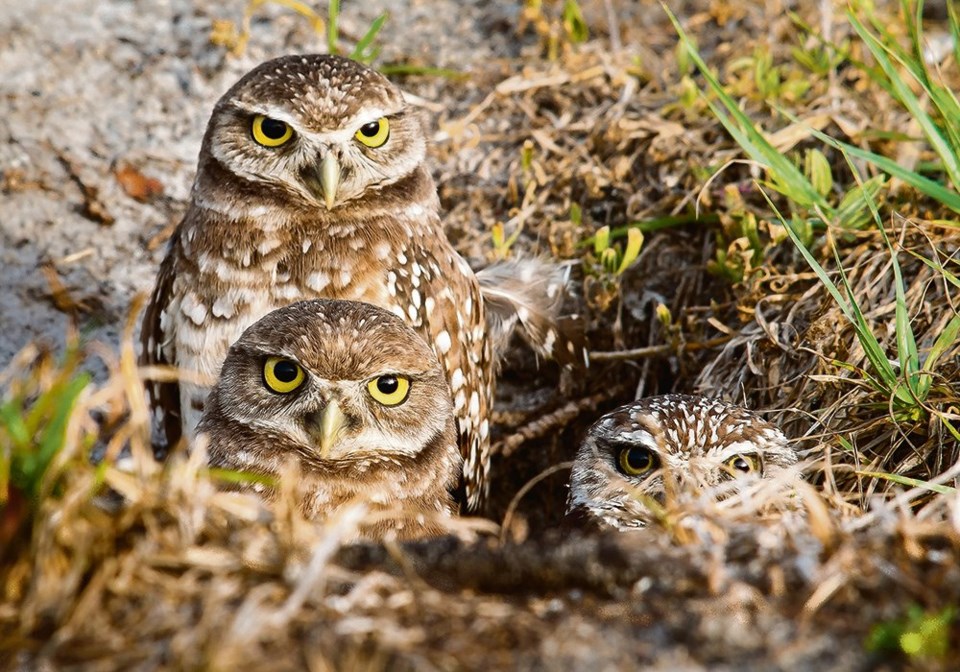WESTERN PRODUCER — Cattle producers in southwestern Saskatchewan who lease provincial agricultural crown land may participate in a project to establish how best to protect critical habitat for species at risk.
Kelsi Christopher, manager of rangeland services with the lands branch at Saskatchewan Agriculture, told the Saskatchewan Stock Growers Association semi-annual meeting that the research will look at how lands managed by producers are protecting multiple species at risk.
The federal government designates species at risk and identifies critical habitat.
“We’re actively working with the ministry of environment to develop a broader multi-species approach to protecting critical habitat for those federally designated species at risk within the province of Saskatchewan,” Christopher said.
There are about two million acres of critical habitat in Saskatchewan, excluding woodland caribou habitat. About 1.3 million acres of that habitat is located on agricultural crown land the government leases to ranchers.
Christopher said the responsibility for documenting effective habitat protection falls to the province.
Two years ago, lessees were notified of any critical habitat within their leases, but plans for engagement sessions were stalled because of the COVID-19 pandemic.
Through 2020, the agriculture and environment ministries hired a consultant to develop and pilot a multi-species habitat assessment and management tool that was subsequently piloted on three leases.
Christopher said last year the agriculture department signed a contribution agreement with the federal environment department for two years of funding under the Species at Risk Partnerships on Agricultural Lands (SARPAL) program to do this research project using that tool.
“The tool is developed to assess and document existing ministry requirements for the protection of critical habitat, additionally where protection of that habitat can be enhanced on crown lands,” she said. “The tool uses a multi-species approach as it’s more feasible for our lessees than managing for individual species at risk. The ministry of agriculture hasn’t committed to using the tool on all agricultural crown lands with critical habitat and we’ll continue to engage with our stakeholders on its potential value.”
A key project goal is to show how sustainable livestock grazing supports habitat, she said. It is also intended to answer two questions: how do existing lease requirements protect critical habit and how can the ministry address any gaps?
The ministry wants 20 lessees to participate in the project. Selection is based on factors including the percentage of critical habitat within their lease and what species at risk are present.
Participation is voluntary and those interested should be contacted in March to confirm. Christopher said participants will receive a summary of the assessment done on their lease land.
Other stakeholders will also be invited to large engagement sessions, likely this fall.
Christopher said identifying baseline protection will be an important finding. Asked if any values assigned would apply to other crown lands, she said only those federally designated as critical habitat.
SSGA president Kelcy Elford encouraged lessees to participate.
“I think it’s important for producers to be engaged on this,” he said. “It has long-term implications.”

